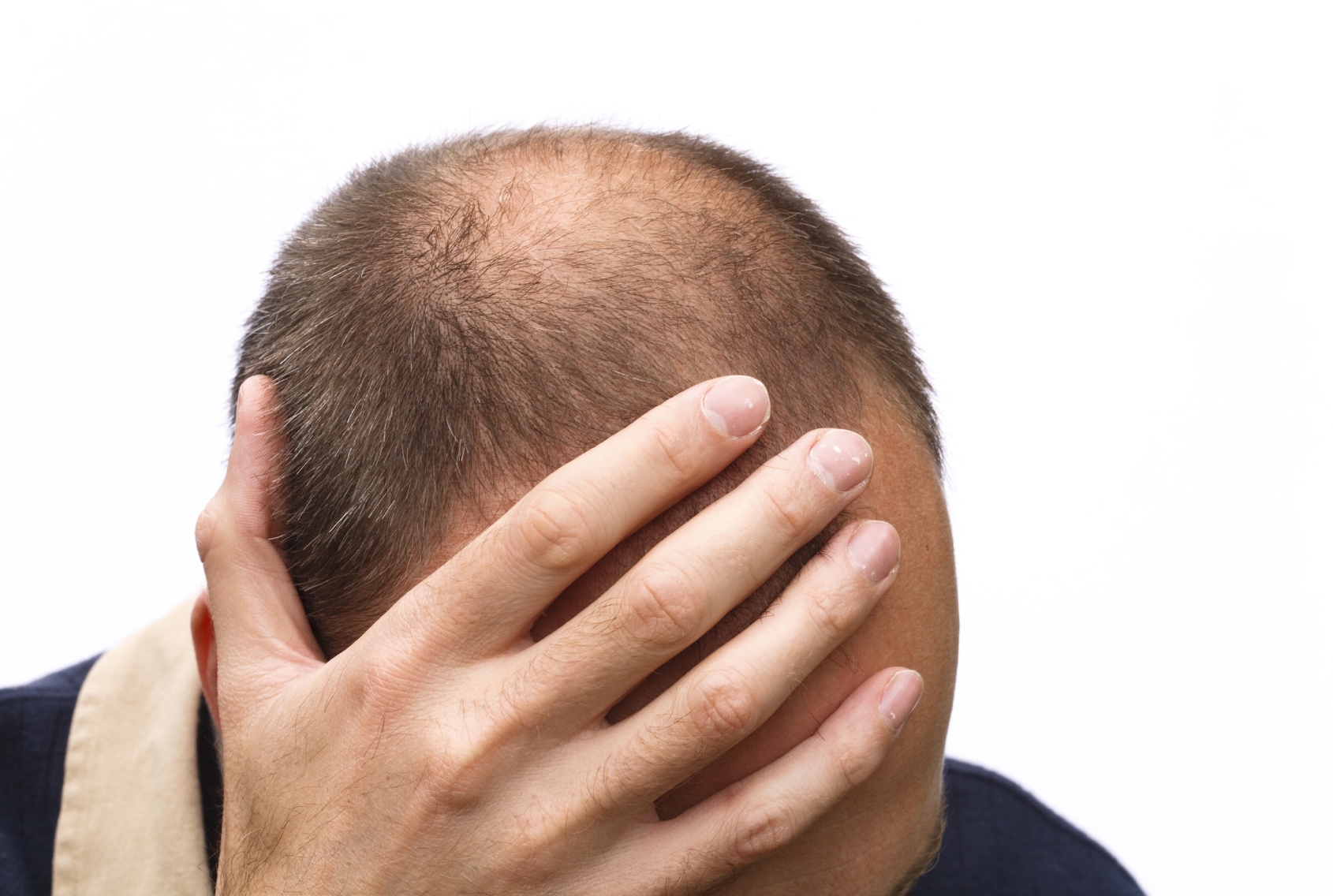Losing your hair is upsetting enough as it is. But it’s not just a cosmetic issue.
We’ve told you before that male pattern baldness may raise your risk for heart disease by at least 22%. Depending on how much hair you lose—and when—your risk could be as high as 70%. But a new study finds even more reason to be concerned at the first sign of thinning hair…
Researchers at George Washington University looked at data from 39,070 healthy men over the course of three years. They were all between the age of 55 and 74. But researchers asked them to recall their hair loss patterns when they were 45.
The team found that men who experienced baldness at the front and crown of their head at age 45 were 40% more likely to develop this dangerous condition.1
This disease may not put your life in immediate danger… But 51% of the men who developed it had an aggressive form. This could drastically raise your risk of dying in the next few years.
Losing your hair at a young age may be a sign of a much more dangerous problem… One that may put your health—even your life—on the line.
We’re talking about prostate cancer.
It’s a disease that kills about 30,000 men in the U.S. every year. On top of that, over 210,000 will get a diagnosis this year alone.2 Roughly one in seven men will face it in their lifetime.
The good news is that there’s up to a 94% survival rate 15 years after diagnosis. But like we said, more than half of the men who developed prostate cancer in this study got an aggressive, deadly form of it. In this case, your chance of living for five more years is less than 30%.3
The link between the hair on your head and the health of your prostate isn’t obvious at first. But according to Dr. Charles Ryan, it may all boil down to testosterone. Just not in the way you might think.
Your skin may not be able to process the amount of testosterone you produce. And it’s not even that your levels are too high. It’s that your skin doesn’t handle the hormone properly when it comes into contact with it.
This is why hair loss drugs like Propecia try to block the effect of testosterone on your skin.4 But according to Dr. Ryan, this hormone also drives prostate cancer.
Your hair may be thinning—or long gone. But it’s not a reason to panic. Michael Cook of the National Cancer Institute—and lead author of this study—suggests that the results point to a single underlying cause of both conditions.5
In other words, it may be that whatever genetic factor is making you bald is also putting your prostate in danger. They can’t say for certain. More research is required. But in the meantime there are natural ways to help lower your risk of developing prostate cancer—regardless of how much hair you have.
Health Watch readers know that ginger is a potent weapon against prostate cancer. It may help reduce tumor risk by 50%—even slow their growth by more than 60%. Your favorite morning beverage may help too. Research from Harvard University shows drinking coffee may help lower your prostate cancer risk by 30%. Even something as simple as natural melatonin may help slash your risk by 75%.
Like this Article? Forward this article here or Share on Facebook.
References:
1http://jco.ascopubs.org/content/early/2014/09/15/JCO.2014.55.4279.abstract?cited-by=yes&legid=jco;JCO.2014.55.4279v1
2http://www.cdc.gov/cancer/prostate/statistics/
3http://www.cancer.org/cancer/prostatecancer/detailedguide/prostate-cancer-survival-rates
4http://www.cbsnews.com/news/is-male-pattern-baldness-an-early-warning-sign-of-prostate-cancer/
5http://time.com/3378366/baldness-prostate-cancer/

